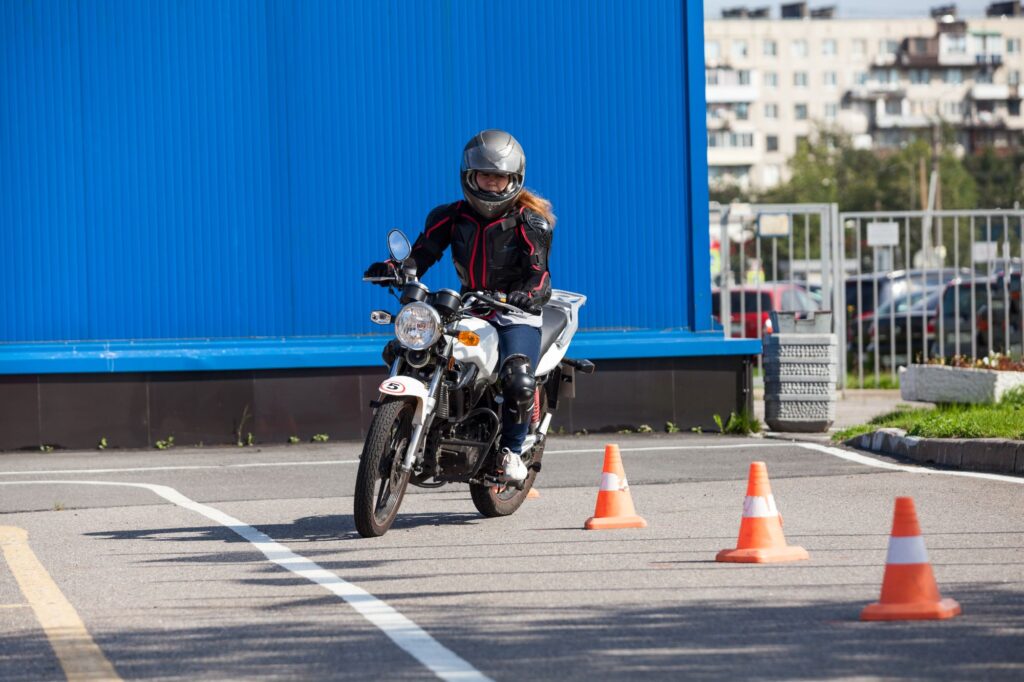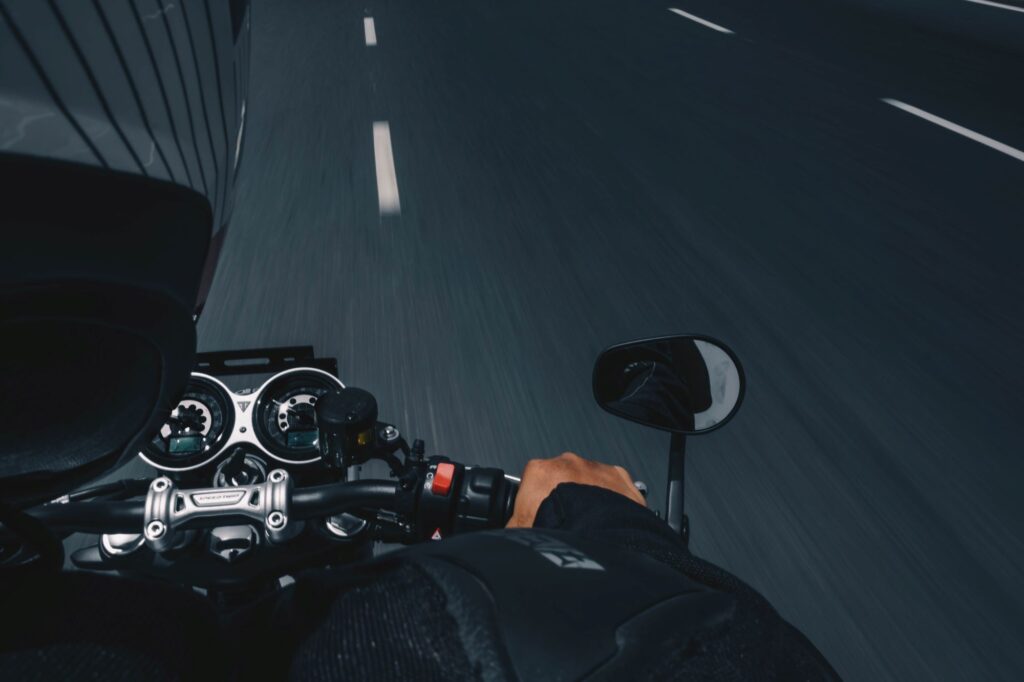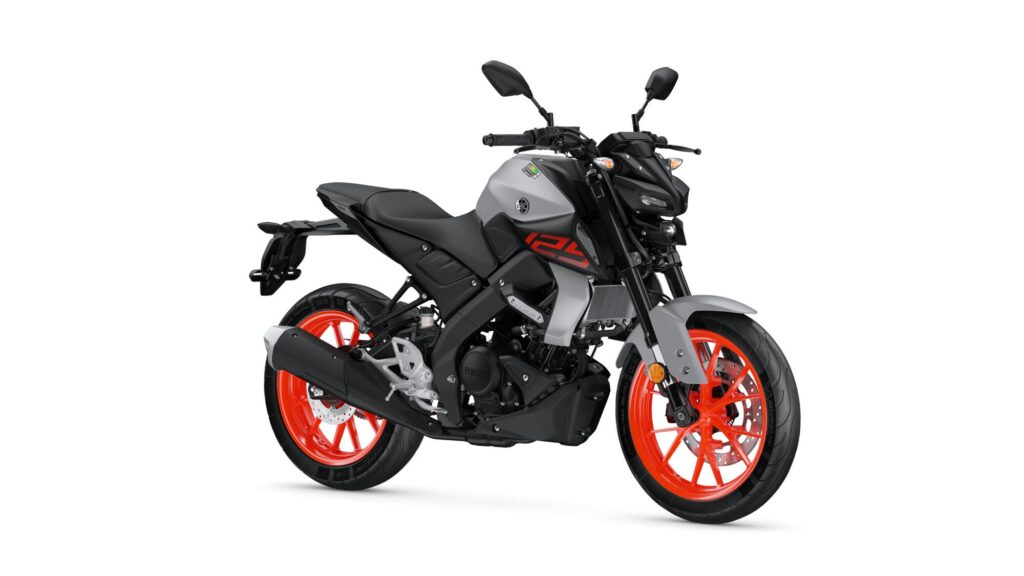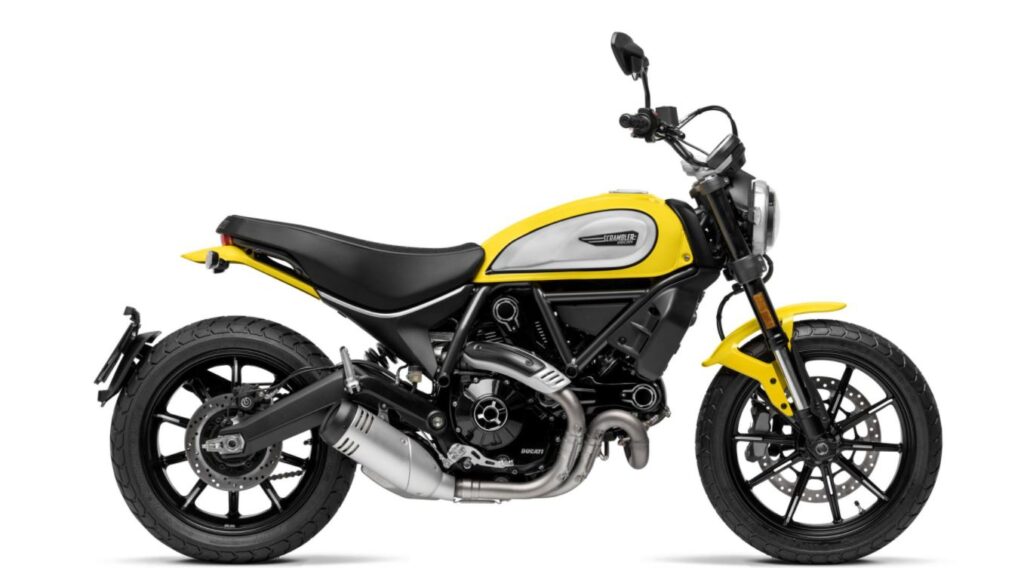If you own a classic 90s motorcycle this is your chance to get it featured among the star exhibits at the country’s biggest and best bike show at the NEC in Birmingham later this year.
Bikesure sponsored Motorcycle Live 2019 is set to attract more than 100,000 visitors who will get the chance to preview the newest bikes coming to market, meet a selection of biking legends, hear expert talks, see custom builds and breathtaking displays, try your hand in a host of interactive attractions and much more.

And what’s more, you and your bike could be in the thick of the action during the show from November 16-24th.
Email Grant Elliot at [email protected] for more information. Meanwhile, take a look at what’s planned at the show…
Chance to show off your 90s bike…
The Bikesure stand at the show will pay tribute to some of the most iconic machines of the 90s – if you own one of them, you could be there to show it off to the wider motorcycling world.
If you own a 90s classic and you want it to be a part of it we would love to hear from you. Email your name, phone number and bike details to [email protected].
And to whet the appetite for that 90s nostalgia, the team at Bikesure have come up with five machines that could be featured on their stand at the NEC in Birmingham.
If you happen to own one of them, or something else from the 90s that you think can set the pulses racing, please let us know.
Looking back at the 90s….
Ducati 906 PASO

The Ducati Paso is named after racer Renzo Pasolini who died in a crash at the Italian motorcycle Grand Prix. The bike launched with the slogan “Il nostro passato ha un grande futuro” (Our past has a great future).
It was Ducati’s first foray into the sports market dominated by Japanese manufacturers. Ducati realised they needed more power while passing stringent emission controls if they were to make the bike as marketable as possible.
The Paso was designed by Dr Massimo Bordi and strangely the engine for the 906 is actually a 904cc. While it was new at the time it shares a lot of the characteristics of the 851, a six-speed gearbox and dry clutch and same slim crankcases.
For many Ducati enthusiasts the bike was just too quiet and, from a technical stance, it simply laid the groundwork for future Ducati’s.
Kawasaki ZZ-R1100C – SPORTS TOURER
The Kawasaki ZZ-R1100c is arguably the most iconic motorcycle of the 1990’s. Known to North American audiences as the ZX-11 Ninja, but to the rest of the world it’s the ZZ-R1110.
The 1990 model was the original ZZ-R1100 and without a doubt the most iconic.
The C-model ran from 1990 to 1993 and was known as the fastest production motorcycle for six years with a record top speed of 169-176mph.
Eventually, it was out-paced by the Honda CBR1100XX in 1996, but the ZZ-R1100 by that time had already set the bar unimaginably high.
Suzuki GSXR 1100 Slingshot

The Suzuki GSX-R1100 has undergone many changes in the past three decades, but it is the 1990 version (the L Model) that we’re focusing on.
This sports bike is one of the coolest motorcycles of all time and while many may complain about how much the bike weighed, they also lauded it for its power and handling which was tweaked from the 1989 model and had the wheelbase lengthened to correct the issues.
Suzuki thought they could improve the bike further and continued year-on-year to tinker with the model and while they improved the handling by changing the frame geometry, the bike became heavier and heavier and it is the L Model which is seen as the peak of the GSX-R110.
Honda GL 1500 Goldwing

The Goldwing has long been a staple of what is deemed as the creme de la creme of motorcycle, and the 1990 version of the Goldwing GL1500 deserves to be celebrated.
In 1984 a new design team began work on the fourth-generation of the Goldwing and the prototype testing involved 60 development stages and 15 test bikes. The GL1500 still uses carburetors, there were just two large 36mm CV Keihins supplying all six cylinders, the first time any Goldwing had less than one carb per cylinder.
Because the Goldwing was larger in every aspect, from windshield to wheelbase, Honda innovated a new ‘reverse gear’ to allow less experienced riders to back up.
Honda added passenger audio controls complete with rear speakers, auxiliary lights and a CB radio.
If you want to know more about Motorcycle Live 2019
To find out what to expect at Motorcycle Live 2019 in Association with Bikesure.
And don’t forget, if you want your 90s bike to take pride of place on the Bikesure stand, email your name, phone number and bike details to [email protected].





